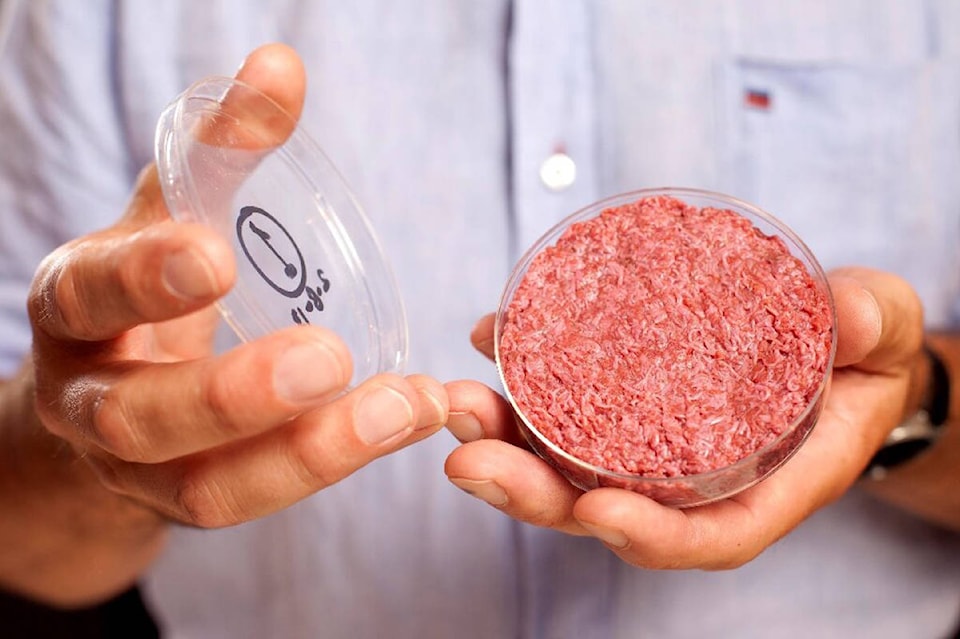Gwynne Dyer
“We are putting a final end to the fossil era,” said Denmark’s’s climate minister, Dan Jorgensen, last week. What he meant was that the European Union’s biggest oil and gas producer is officially getting out of the petrochemical business after 80 years.
There’s still more oil under the North Sea off Denmark’s west coast, but the government has just cancelled its next scheduled auction of oil and gas licenses. There will be no further exploration, and no new production platforms built.
It’s not quite as big a deal as it sounds, because Europe’s three biggest oil and gas producers, Russia, Norway and the United Kingdom, are not members of the EU, and they are are still in the business. But the latter two are now also discussing whether they should leave some of their oil and gas in the ground forever, which is a step in the right direction.
This is how progress is generally made in the struggle to stop global heating: one slow step at a time, and maybe therefore too little, too late. But last week saw something much more dramatic on what you might call the Food & Climate front: the first restaurant to serve artificial meat.
Next to burning fossil fuels, the biggest cause of anthropogenic (human-caused) greenhouse gas emissions is agriculture – and more than half of all food-related G-G emissions come from producing meat. That’s the hardest part of the puzzle to solve, because people are very attached to eating meat and there’s no good substitute. Until recently.
Now there’s plenty. Near Tel Aviv last Thursday a burger joint called The Chicken opened its doors for the first time. It looks pretty normal, except for a glass back wall through which you can see people in lab coats moving between big stainless steel vats called bio-reactors. That’s where they make the chicken.
It’s ‘cultured’ chicken: real live chicken cells grown in a solution containing all the necessary nutrients and doubling in volume every day. But no bacterial contamination from animal waste, no hormones and antibiotics to speed growth and slow the spread of disease, no land used to grow the chicken feed, no 130 million chickens slaughtered every day.
SuperMeat, the parent company, is sticking with ground meat for burgers for now, but there’s no technical reason why it couldn’t be chicken breast with the familiar texture and taste of real chickens. And they’re currently giving it away (to invited guests only) rather than selling it, because Israel’s regulatory authority has not approved it for sale yet.
That will come soon, but they’ll probably have to go on giving it away for a while because each burger patty costs around $35 to produce. But that’s down from $300,000 for the first beef hamburger patty in 2013, and Ido Savir, CEO of SuperMeat, reckons that the cost of cultured or ‘cultivated’ meat (the terminology is still evolving) will fall to parity with slaughtered meat in six or seven years.
It’s moving fast. Just the day before The Chicken opened in Israel, an American company called Eat Just got regulatory approval to sell its cultured ‘chicken bites’, produced in a 1,200-litre bioreactor, in a restaurant in Singapore. And back in Israel Aleph Farms unveiled its first lab-grown beef steaks last month. (They prefer the term ‘biofarmed’)
Aleph’s innovation is cultured beef that actually comes with the shape and texture of traditional steak. (All the players can pass the taste test, because they are all working with real beef cells.) The process is designed for large-scale production, they’ve patented it six ways from Sunday, and they’ll do a pilot launch at the end of 2022.
This is going to happen. All the promising start-ups are attracting major investment from food giants like Cargill (Aleph’s godfather). We are at the start of a high-speed global transition, at least for the mass market, from born-fed-and-slaughtered beef, pork and chicken to ‘cultivated’ versions of the same meat.
How fast. Think 10-15 years, It needs to happen fast because meat and dairy production alone account for almost 15% of greenhouse gas emissions. Vegetarianism and veganism alone will not solve the problem because they still depend on growing crops on the land, and also because people are very conservative about diet.
This is how to save the Amazon, where the forest is being cut down to grow the soy that will feed the world’s cattle. In fact, this is how to take half the world’s cropland out of production.
Rewild that land and we solve about six problems at once. We even give ourselves a chance of cutting emissions fast enough to avoid driving global average temperature above +2°C and unleashing hell on Earth.
All we have to do then is to figure out what a billion or so farm families will do for income instead. That’s tomorrow’s problem.
